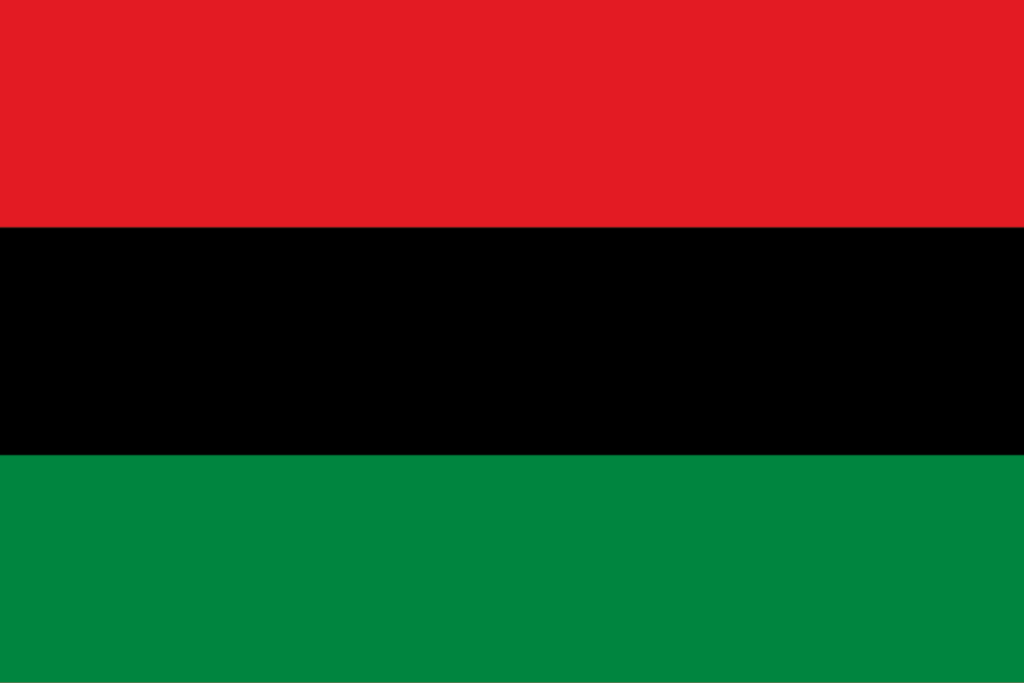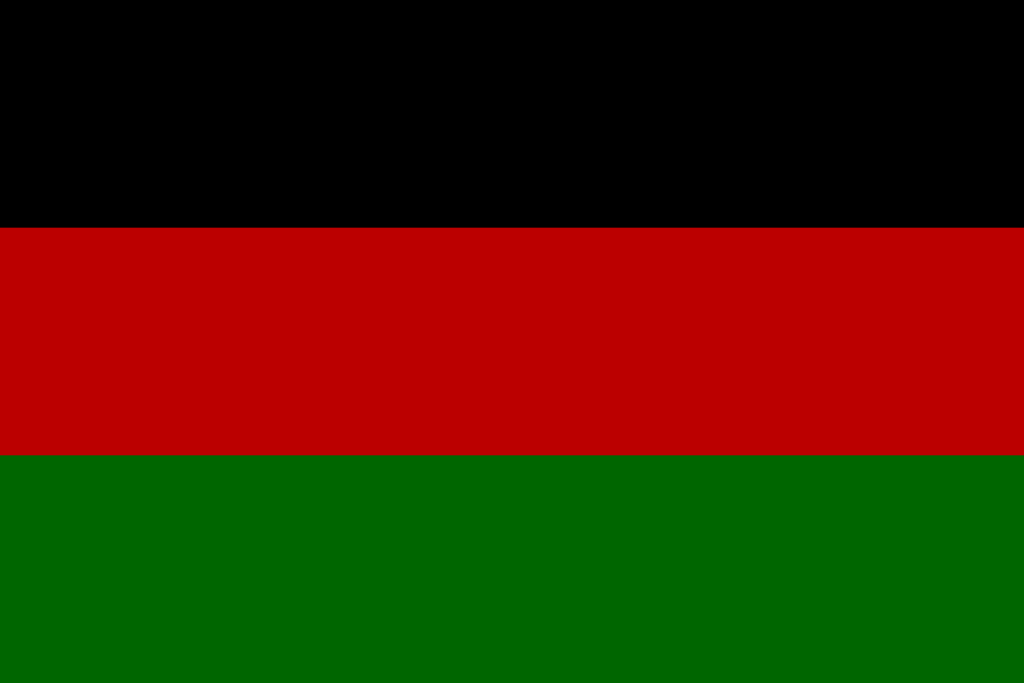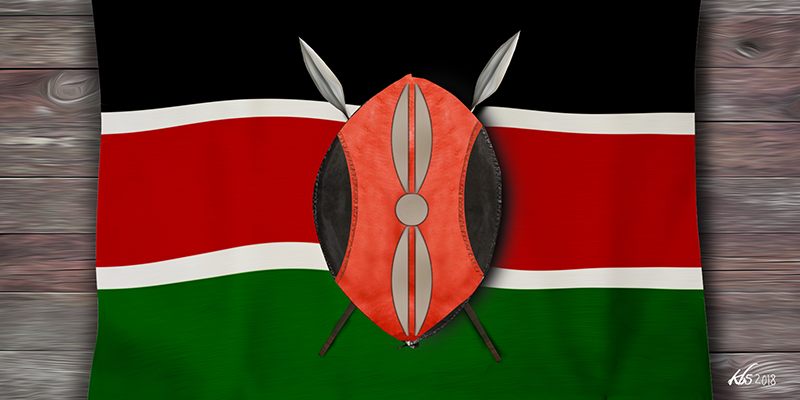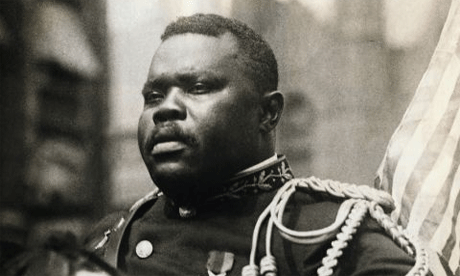Kenya’s standard carries with it a rich history.
It can be traced directly to the Kenya African Union, founded in 1942 under the name Kenya African Study Union, with Harry Thuku as its president.
Earlier in 1921, trade unionist Harry Thuku formed the Young Kikuyu Association. Through his association with Manilal A Desai, another trade unionist, Thuku changed his outfit to the East African Association, the first nationwide African multi-ethnic movement in colonial Kenya.
Thuku’s outfit had ties with Marcus Garvey’s Universal Negro Improvement Association in black America and the Gandhi Movement through Desai.
In 1944 he founded the Kenya African Study Union, the precursor of the Kenya African Union.
The flag of the KAU (the word “Study” was dropped in 1946) adopted the Pan-African colors pioneered by Marcus Garvey’s Universal Negro Improvement Association and African Communities League 25 years before – red, black, and green.

It respectively represented the blood that unites all people of Black African ancestry and which was shed for liberation; the race of black people as a nation; and the natural wealth of Africa.
However, when originally introduced on September 3, 1951 KAU’s flag was only black and red and green.

The following year, the background was altered to three equal horizontal stripes of black, red, and green with a white central emblem consisting of a shield and crossed spear and arrow, together with the initials “KAU”.
The black stood for the indigenous population, red for the common blood of all humanity, green symbolised the nation’s fertile land while the shield and weapons were a reminder that organised struggle was the basis for future self-government.

Jomo Kenyatta took over the presidency of KAU from James Gichuru in 1947.
Five years later, as reported by Karari wa Njama, a Mau Mau veteran and alumnus of Alliance High School, in the book Mau Mau from Within, Kenyatta’s explanation of the significance of the KAU flag had changed.
“What he said must mean that our fertile lands (green) could only be regained by the blood (red) of the African (black). That was it! The black was separated from the green by the red: The African could only get to his land through blood.”
Kenyatta met Garvey in 1939 while he was a student in London, and considered himself a member of the UNIA.












